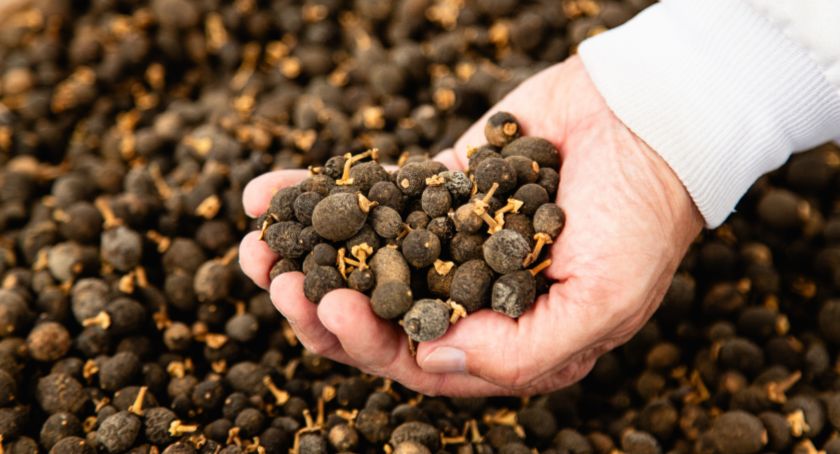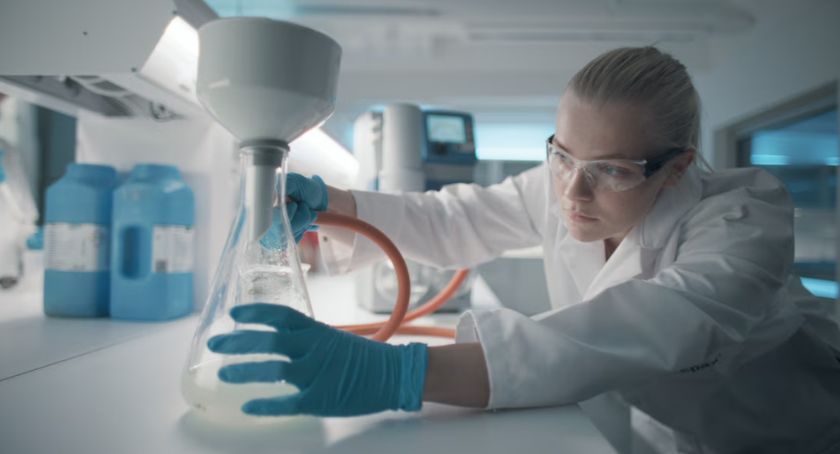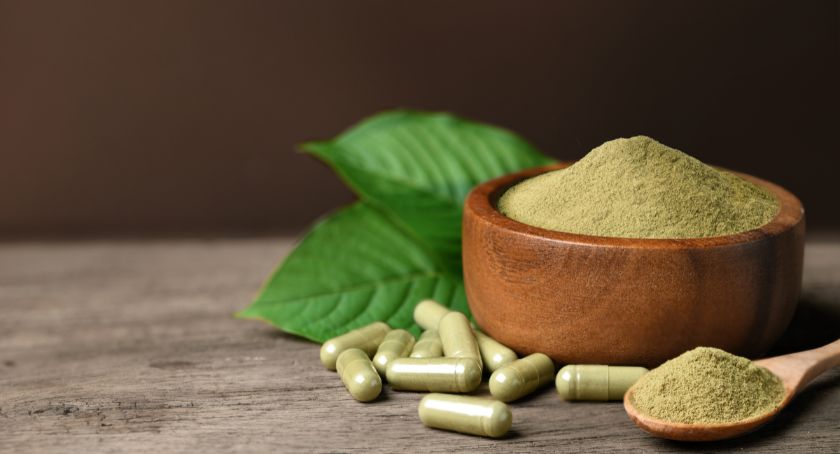Market Updates, Products & Ingredients, Research
Hyaluronic Acid Study by Kewpie Identifies Mechanism of Action for Skin Hydration, Collagen Production
The compound, which has been in widespread use in supplements for 50 years, is known for its links to skin and joint health.

By: Mike Montemarano

Ingredients supplier Kewpie announced the completion of research, conducted jointly with Kobe University, which identifies the mechanism of action by which the body converts hyaluronic acid into forms which benefit skin hydration and enhance collagen production. The findings were presented at a conference of the International Society for Hyaluronan Sciences. Kewpie is the supplier of the hyaluronic acid supplement Hyabest (S)LF-P, which is produced through a bio-fermentation process without the use of animal sources, which achieve consistent purity.
Previous research the company was involved with, such as a peer-reviewed study in 2013, revealed that providing hyaluronic acid to participants suppressed the loss of dermal hydration from exposure to UV wavelengths – additionally, the company followed this with a series of studies demonstrating that with refined hyaluronic acid (HA), oral administration could be narrowed down to 120 mg daily to produce a substantially improved collagenic profile.
In June of this year, Kewpie presented their findings, reached in collaboration with Kobe University researchers, to the International Society for Hyaluronan Sciences (ISHAS), which identified the mechanism by which HA is converted by the body into assimilable oligosaccharide forms that produce increased skin hydration and enhanced collagen production. These findings diverge from previously- accepted theories about the nutritional pathways HA follows, Kewpie reports.
The loss of hyaluronan beneath the corneal layer of the skin disrupts its ability to retain moisture, the researchers noted. Natural skin hydration losses lead to reduced elasticity, wrinkles, and dry skin. Hyaluronan is lost due to a combination of age, lifestyle choices, and environmental toxins – decades after it synthesized HA, Kewpie’s clinical research established associations between oral HA supplementation and skin function. Additionally, researchers have linked the compound to having supportive roles in cell health and regeneration, fortification of the intracellular matrix, sustaining the eye’s vitreous humor and maintaining smooth functioning of the joints.
The new study reveals the previously-unrecognized role of gut bacteria in Ha metabolism, specifically in the large intestine, which converts it into low molecular weight oligosaccharide forms. Previously, researchers thought it was converted to hyaluronidases – digestive enzymes secreted in the small intestine. While the findings don’t alter the understanding of HA’s effectiveness, they open a new branch of inquiry into optimizing the ingredient, Kewpie said.




















